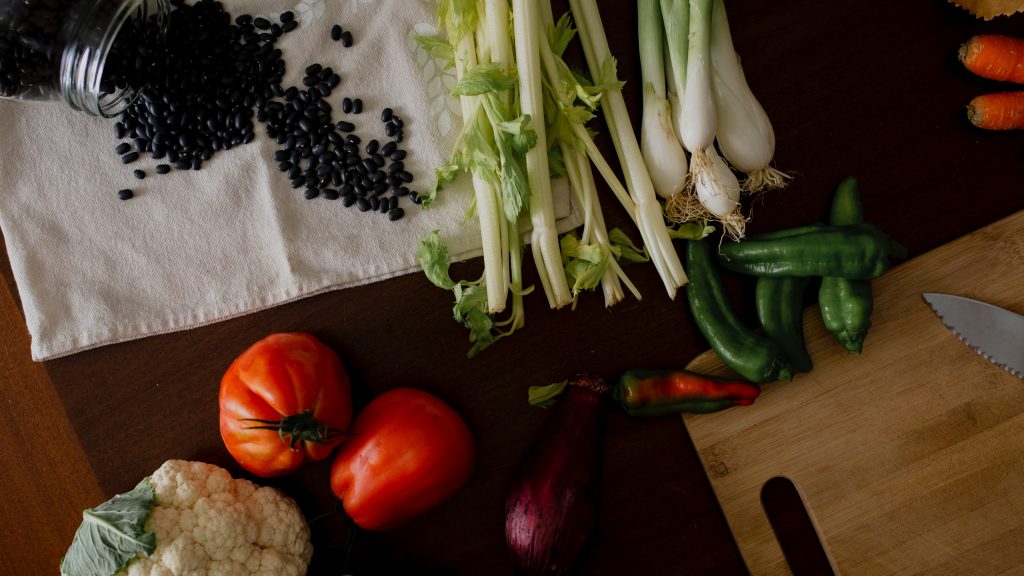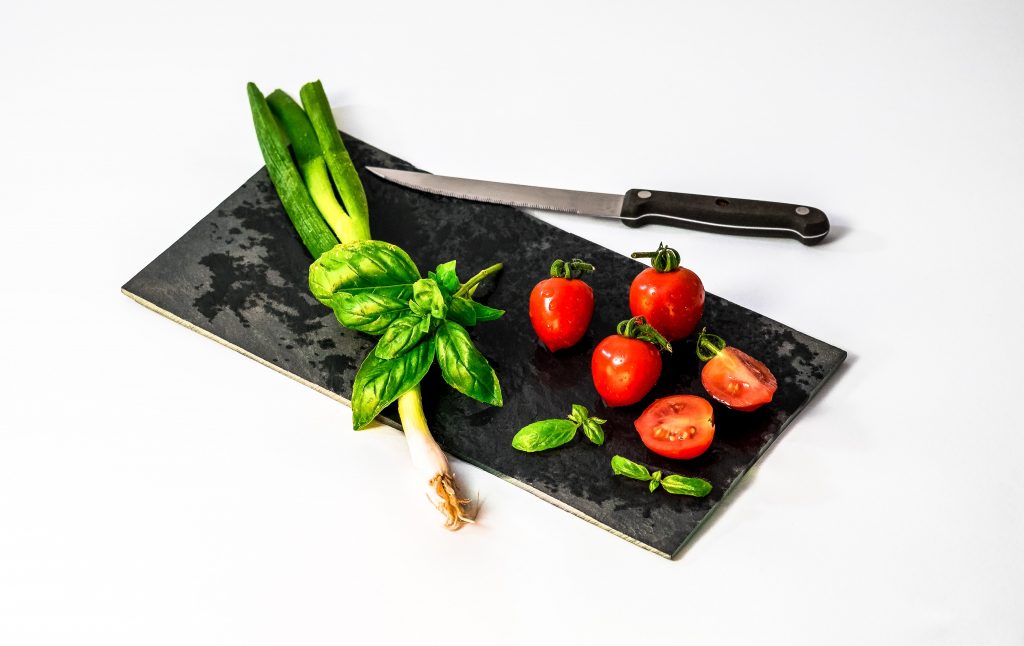Steamed vegetables, in the form of root vegetables, are traditionally eaten in Belgium and France during wintertime. The tradition is so strong that it is still alive nowadays. ‘White gold’ (as they call it) has to be present on every family dinner table. There is a very simple reason behind this: it’s cheap and healthy.
In those two countries, root vegetables are harvested all year long and they have the possibility to use every month throughout the year for eating those delicious steamed vegetables.
Steamed vegetables are a healthy alternative to eat your veggies. It is much better to steam than to fry them. They are very low in calories and very high in minerals and vitamins.
There is no need to cut all the vegetables into tiny pieces. Just leave them as they are, or peel them if you want to.
In this blog, we will discuss steamed vegetables and some FAQs related to them.
Are Steamed Vegetables Healthy?
First, let’s clear up some terminology: there is a difference between steaming and boiling. Both use water and heat to cook vegetables but steamed vegetables may be infused with herbal flavors whereas boiled veggies are not. Some people say that steamed veggies contain more nutrients than boiled ones because the cooking process doesn’t leach them into the water.
Most vegetables, with the exception of leafy greens, contain few nutrients that are easily leached into the water. The boiling process actually helps to preserve nutrients because it cooks the vegetables quickly and requires only a small amount of water. For example, boiling carrots increases their beta-carotene content by 97 percent, while steaming them only increases the nutrient content of beta-carotene by 60 percent.
Boiling also helps break down cellulose and hemicellulose fiber in vegetables such as carrots, potatoes, and squash so your body can more easily access the nutrients they contain. These fibers are responsible for giving vegetables their structure but they are not very digestible by the human body. The longer you cook a vegetable, the more of these fibers are broken down and made available for absorption into your body.
In practical terms, this means that if you have a cold or an illness, try to eat cooked rather than raw vegetables to get the most benefit from them. Additionally, this means that generally steamed vegetables are healthy, though they are not healthier than raw ones.
Steamed Vegetables Nutrition

Steamed vegetable nutrition facts reveal a wealth of reasons to turn to this healthy cooking method. These cooking techniques, which consist of boiling food in a steam-filled cooking vessel, keep vitamins and minerals intact while reducing the amount of fat needed for flavor or consistency. This is especially beneficial for those looking to lose weight because it allows them the ability to fill up on healthy foods while keeping calorie intake low. Steaming also helps people maintain a healthy lifestyle by making vegetables more desirable, which can help stave off obesity.
In general, mixed steamed vegetables are very nutritious. By far the most nutritious part of mixed steamed vegetables is their vitamin and mineral content. They are also low in calories, fat, saturated fat, sugar, and sodium. When you’re choosing vegetables to steam, look for vegetables that contain lots of vitamins and minerals. The best choices are cruciferous vegetables because they’re chock-full of important nutrients like vitamin C, folate, potassium, calcium, selenium, iron, and fiber (including soluble fiber).
However, note that by steaming your vegetables you will lose some vitamins because it can leech water-soluble nutrients like vitamin C and folate into the cooking water.
Best Steamed Vegetables
There are four basic vegetables that steaming enhances the flavor of and brings out their natural sweetness: asparagus, broccoli, cauliflower, and zucchini. All other vegetables should be boiled in salted water until tender. There’s no better way to cook vegetables than in a steamer. The mentioned above veggies are sometimes difficult to consume raw, thus, steaming will help you to take advantage of those valuable nutrients and vitamins.
Placing the vegetables in a steamer causes less nutrient loss than blanching as it doesn’t expose them as long as boiling does, thus preserving more vitamins and minerals.
The duration of the cooking time depends on how soft you want your vegetables to be. Steaming decreases the amount of fat absorbed during cooking; but if you do need to use butter, make sure to put it over the top after steamed.
Steamed Vegetables Recipe

Steamed vegetables are a simple and quick method to add veggies to our meals.
It’s something we can accomplish without having to worry about it or put out too much effort. Instead of boiling the vegetables, we can simply steam them while completing the rest of dinner and serve them with a bit of butter.
However, there is no specific recipe, you just have to make sure the veggies are not burnt and are perfectly steamed.
The secret to successful steaming is twofold: cut the vegetables into uniform pieces, and don’t overcook them.
It’s important to cut the vegetables into uniform pieces so that they all finish at the same time and cook at about the same rate. You may combine vegetables, but delicate veggies, such as asparagus or broccoli, cook more quickly than heavier veggies like carrots.
If you want to steam mixed vegetables at the same time, start with the longer-cooking veggies and finish with the quicker-cooking veggies after a few minutes. You may also cut the thicker vegetables somewhat smaller to ensure that they cook more quickly and finish at the same time as the other vegetables.
Set a timer! If not, you might become sidetracked by other parts of the meal and forget about the vegetables on the back burner.
Sauce for Steamed Vegetable
People usually pour the water left after steaming on the veggies and use them as a sauce. However, there are many recipes people use to make their food tastier and juicier.
One of the most used sources is made of garlic and butter.
After the vegetables are cooked, drain any water from the saucepan and melt the butter in it, then sauté the garlic to make a garlic butter sauce for drizzling over the finished dish.
To Conclude
Steamed vegetables can be a great way to get healthier and more energized. They are also fairly easy to prepare, whether you choose them fresh from the store or can at home. In fact, most of us have probably spent some time steaming veggies for dinner with an electric steam basket in our kitchen – a one-pot meal! This is all well and good if you’re only cooking for yourself but what about when it comes time to feed your family?
For those who often find themselves cooking enough food for multiple people, we recommend using a larger stockpot that can hold up to four quarts of water on the stovetop.



